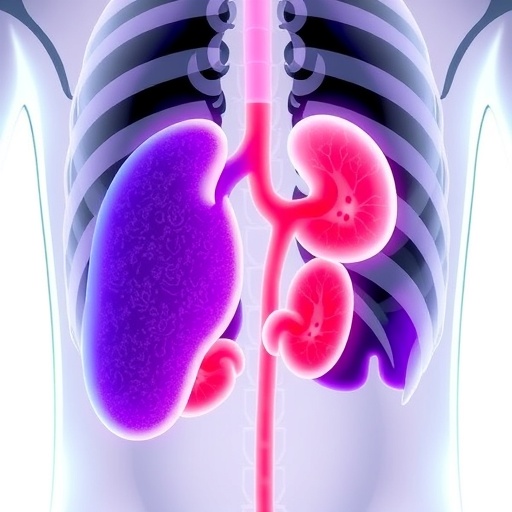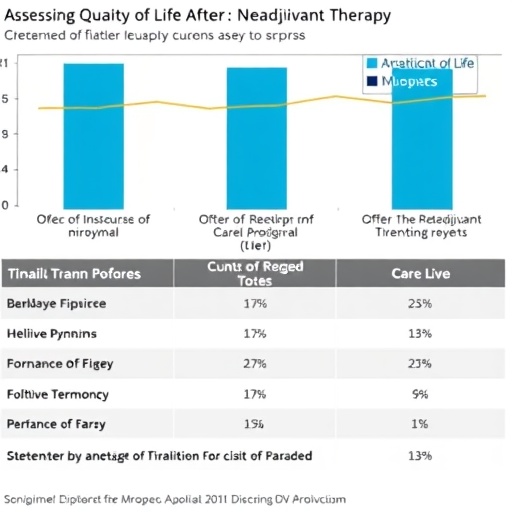Scientists have discovered that cancerous cells in an aggressive type of childhood brain tumour work together to infiltrate the brain, and this finding could ultimately lead to much needed new treatments, according to a new study* published in Nature Medicine today (Monday).
In the study, funded by Cancer Research UK with support from Abbie's Army and the DIPG Collaborative, the researchers investigated a type of childhood brain tumour called diffuse intrinsic pontine glioma (DIPG), shining a light on its most aggressive characteristic – its ability to leave the brain stem and send cancer cells to invade the rest of the brain.
DIPG is incredibly difficult to treat. Nearly all children with this type of cancer die within two years.
The researchers, led by a team at The Institute of Cancer Research, London, used donations of biopsy tissue and the brains of children who had died as a consequence of DIPG to look deep into the tumour and learn more about its cells.
They found that DIPGs are heterogenous, meaning they are made up of more than one type of cell. This enables the cells to 'work' together to leave the original tumour and travel into the brain. The scientists say this shows how complex the genetic make-up of the disease is and that a multi-pronged attack is likely to be necessary for treatment.
Professor Chris Jones, who led the study at The Institute of Cancer Research, London, said: "This is the first time we've observed this sort of interaction between different tumour cells in DIPG. The idea that the cells are working together to make the disease grow and become aggressive is new and surprising. Childhood cancers were thought to be very simple but this shows us that isn't always the case. Crucially, this gives us hope that we can develop new treatments.
"We desperately want to prevent more families going through the heartbreak of losing a child to this disease. Unfortunately, there is currently no cure for this illness. Children usually can't have surgery because of the tumour's location in the brain stem which controls functions such as breathing, heart rate, blood pressure, and swallowing. And other treatment options such as chemotherapy don't work because it's relatively difficult to get drugs into the brain stem and many DIPG tumours have an inbuilt resistance to chemotherapy."
The study also shows that even cells that exist in relatively small numbers in DIPG can exert a profound influence, by leading cells from the main tumour into the rest of the brain to stimulate tumour growth and spread.
In this study, researchers saw one type of cell leaving the original DIPG tumour site and migrating into the rest of the brain. This happens early in the evolution of the disease and is a cell type found in relatively small numbers. As it migrates, the cells release a chemical messenger called CXCL2, which has the effect of calling other cells from the tumour to follow it.
The next stage of research will see the researchers looking for treatments that target the most important subpopulations of cells in the tumour and/or interfere with the cooperation between cells.
Professor Richard Gilbertson, Director of the Cancer Research UK Cambridge Centre at the University of Cambridge, said: "This research begins to unravel the complex community of cells that make up DIPG. Through an elegant combination of molecular and cell biology techniques, this study provides a window into the heart of these tumours, allowing us to begin to decipher how their different cell populations interact with each other to promote the disease. It is exactly this sort of research that is needed if we are to beat this devastating cancer.
"Cancer Research UK recognises more must be done to tackle this devastating disease and has committed £25 million to brain tumour research over the next five years. Brain tumours have been identified as a cancer of unmet need; survival rates have not changed significantly in a generation."
###
For media enquiries contact Kathryn Ingham in the Cancer Research UK press office on 020 3469 5475 or, out of hours, on 07050 264 059.
Notes to editor:
*Jones et al. Functional diversity and cooperativity between subclonal populations of pediatric glioblastoma and diffuse intrinsic pontine glioma cells. Nature Medicine
**The family of a young boy who passed of DIPG is available upon request to tell their story.
Media Contact
Kathryn Ingham
[email protected]
44-203-469-8300
@CR_UK
http://www.cancerresearchuk.org
https://www.cancerresearchuk.org/about-us/cancer-news/press-release/2018-07-02-teamwork-between-cells-fuels-aggressive-childhood-brain-tumour
Related Journal Article
http://dx.doi.org/10.1038/s41591-018-0086-7




